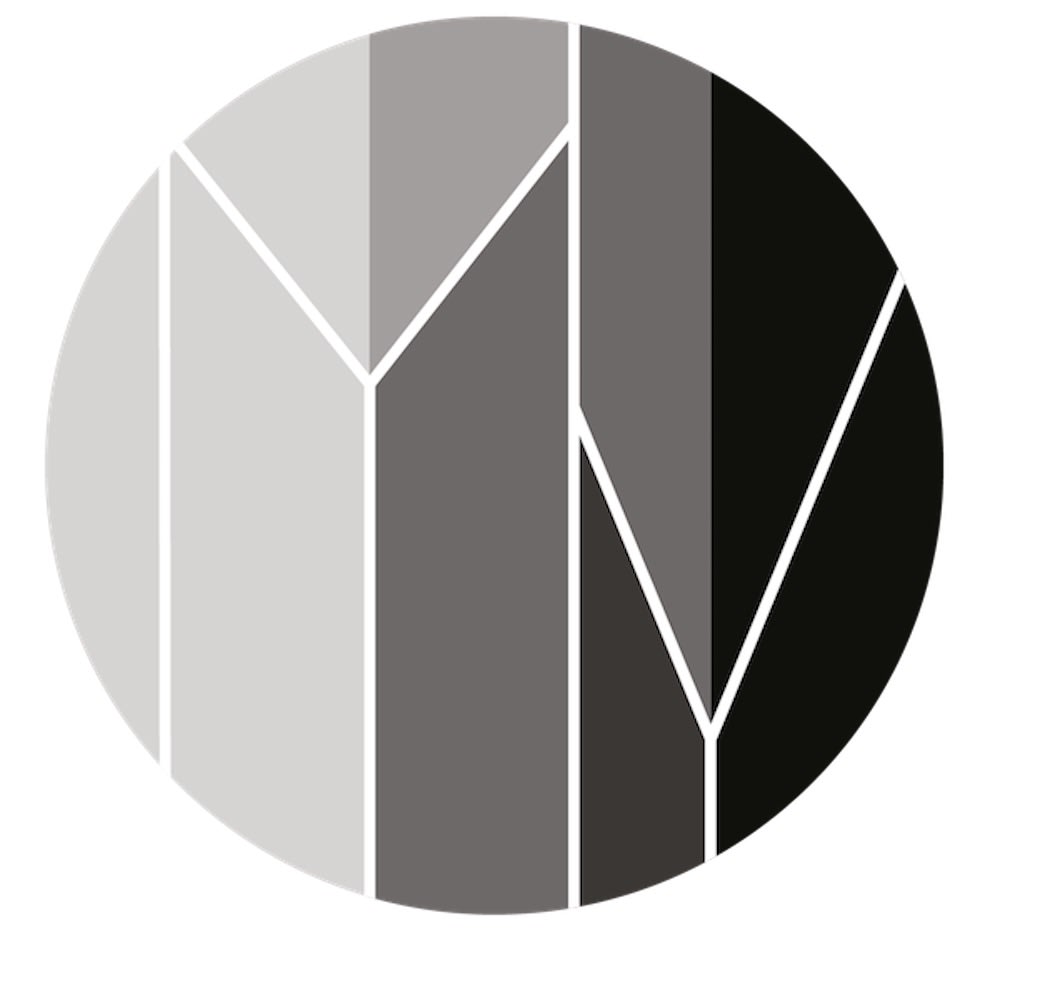Paris Photo 2025: B51
MIYAKO YOSHINAGA’s duo presentation features works by Melissa Shook (1939–2020) and Ken Ohara (b. 1942), highlighting Shook’s large-format Polaroid portraits from 1984 alongside Ohara’s ultra-long-exposure portraits of Angelenos from 1998. Though stylistically distinct, both projects explore the bonds between individuals and families, capturing moments that unfold either instantaneously or over time through the camera’s intricate mechanisms.
Presumably working in the 20 x 24 Studio at the Museum of Fine Arts, Boston — where artists and students made use of a large-format Polaroid camera between 1982 and 1986 — Melissa Shook invited her parents, her teenage daughter Krissy, and Krissy’s friend Cheryl to participate in a photo session. Krissy and Cheryl posed in a variety of outfits with a fashion-modeling flair, while Shook and her parents appeared in plain, everyday attire. Shook photographed the upper and lower bodies separately, then joined the two frames vertically, seemingly to amplify the impact of the large-format Polaroid. Krissy dominates the project with multiple solo frames of her upper body.
Rather than pursuing formal studio portraits, Shook captured the subjects’ spontaneous gestures and body language in the presence of the imposing optical machine. In the lower frame, a prop trunk — used as a platform — remains visible as part of the scene’s original context. While the themes of family, friendship, and collaborative acts are at the core of the work, Shook's Polaroid — reminiscent of portraiture from a bygone era, yet disarmingly direct and intimate — strikes the viewer with a haunting sense of awe.
In a contrasting yet complementary approach, Ken Ohara also explores human connection, using extreme duration. In 1998, Ohara produced over one hundred portraits that connected individuals living in Los Angeles suburbs, including himself. For each session, he brought his equipment to the subject’s home or workplace and photographed them with the camera shutter open for exactly one hour. These extraordinarily long exposures induced fatigue, tension, and at times, a hypnotic effect — revealing a deeper, more introspective layer of the subjects’ psyches.
Each black-and-white image, painstakingly developed and printed, renders the subject with blurred textures but an undeniable aura of presence. Ohara emphasizes that it is not the structure of his method but his subjects’ voluntary responses to it that define the project’s essence. Titled With, the series constructs an unusual relational space between photographer and subject, reexamines the artist’s control over the resulting image, and subtly inverts the power dynamic between them. Our presentation includes a palm-sized folding album featuring original 5 by 7-inch contact prints.





